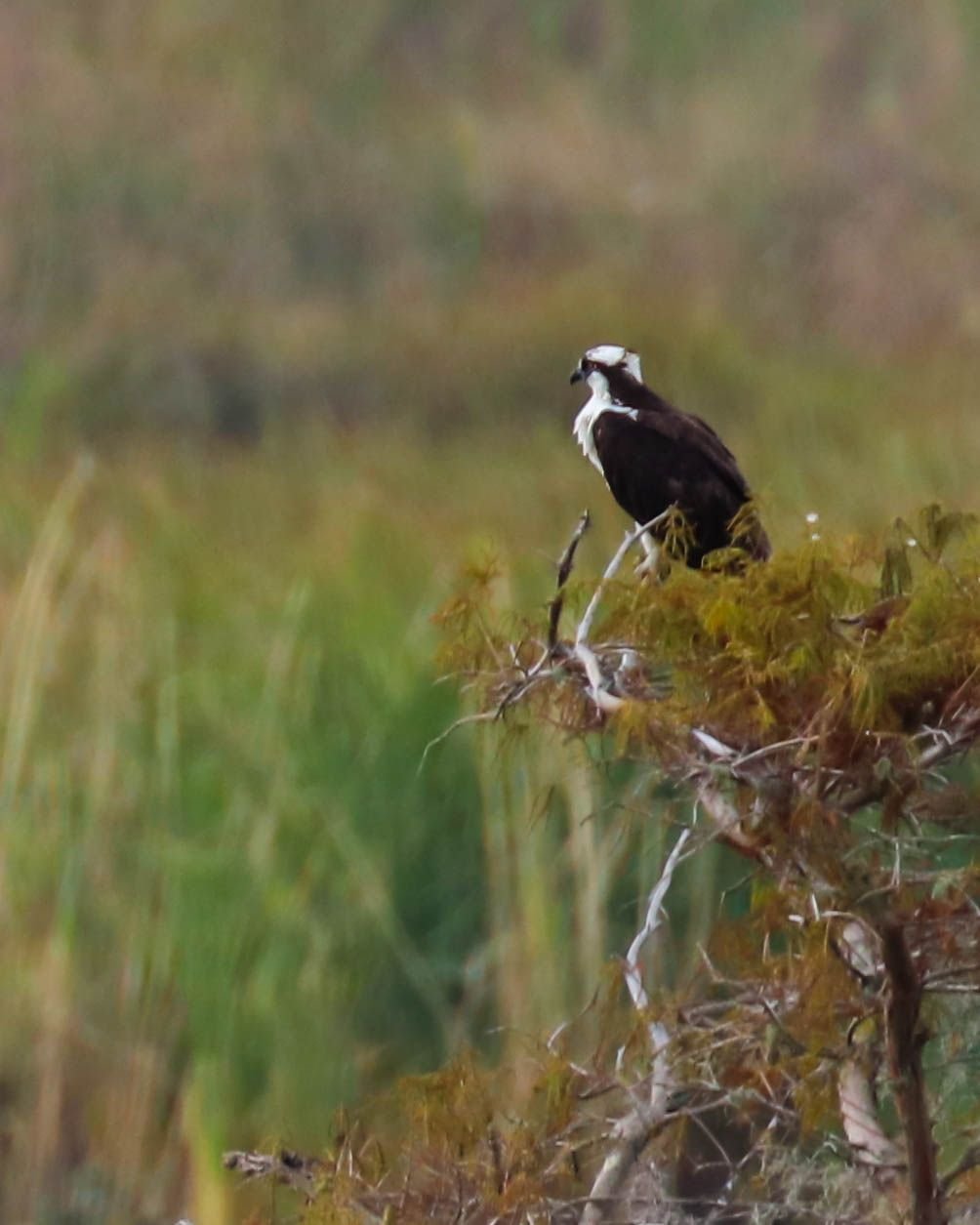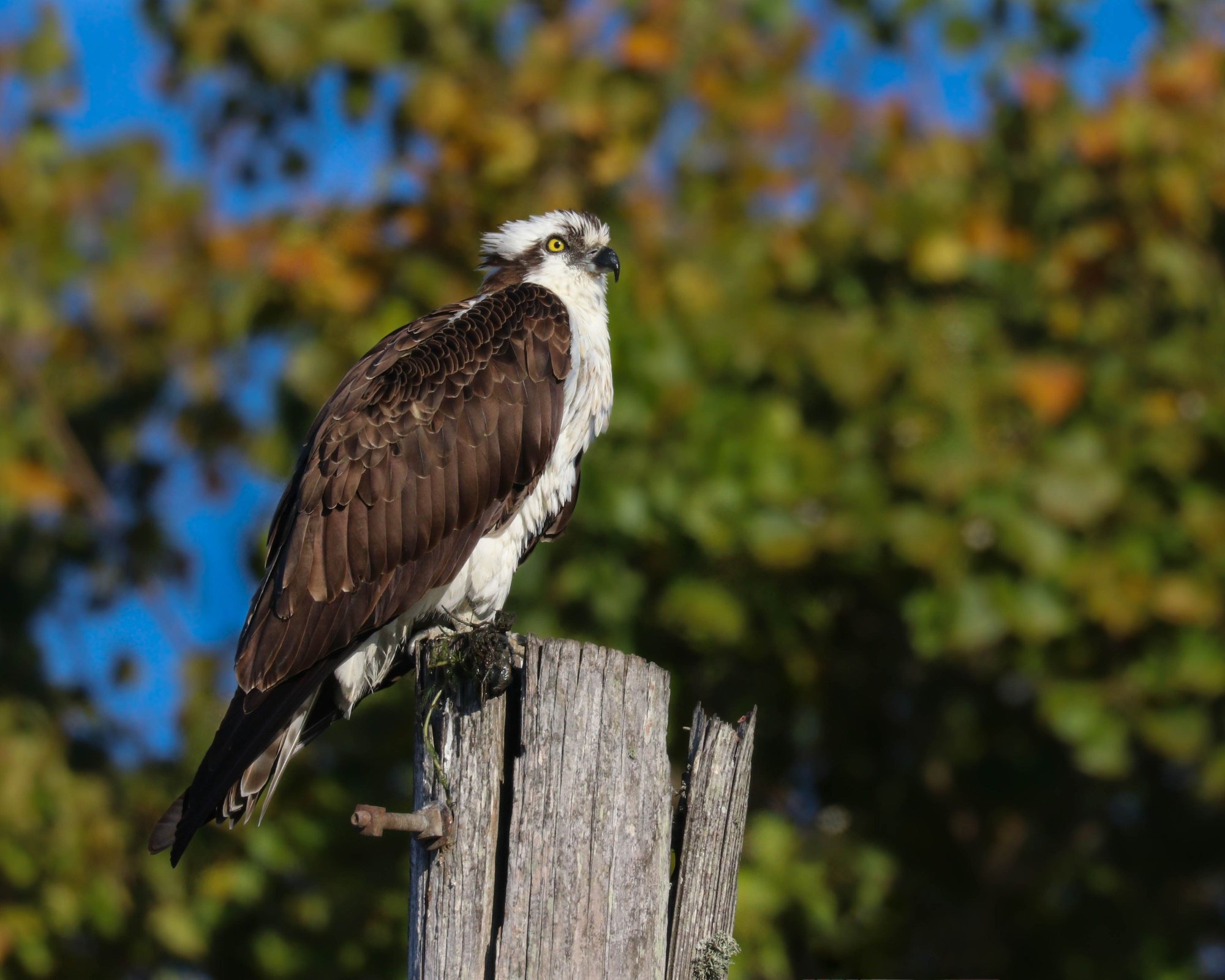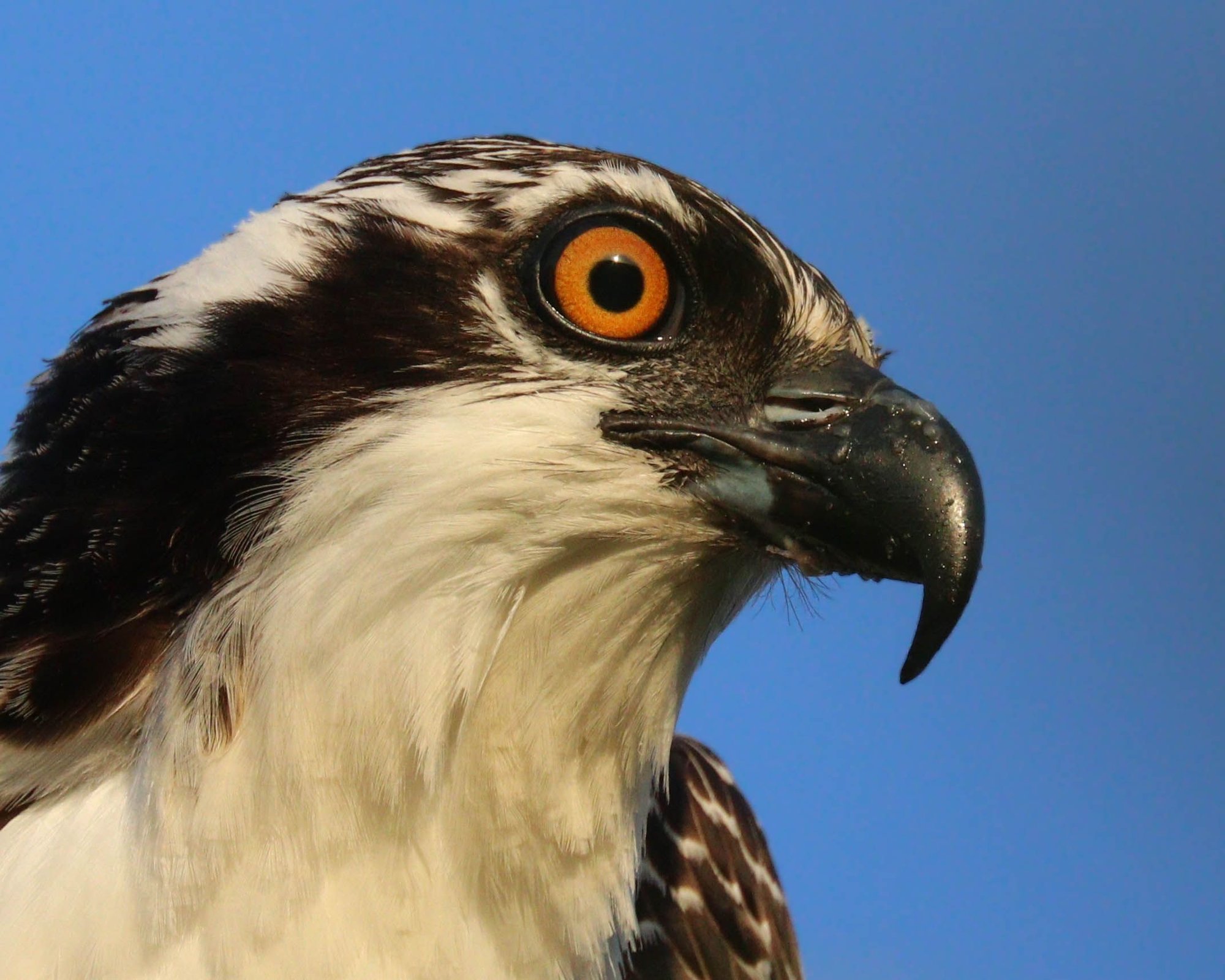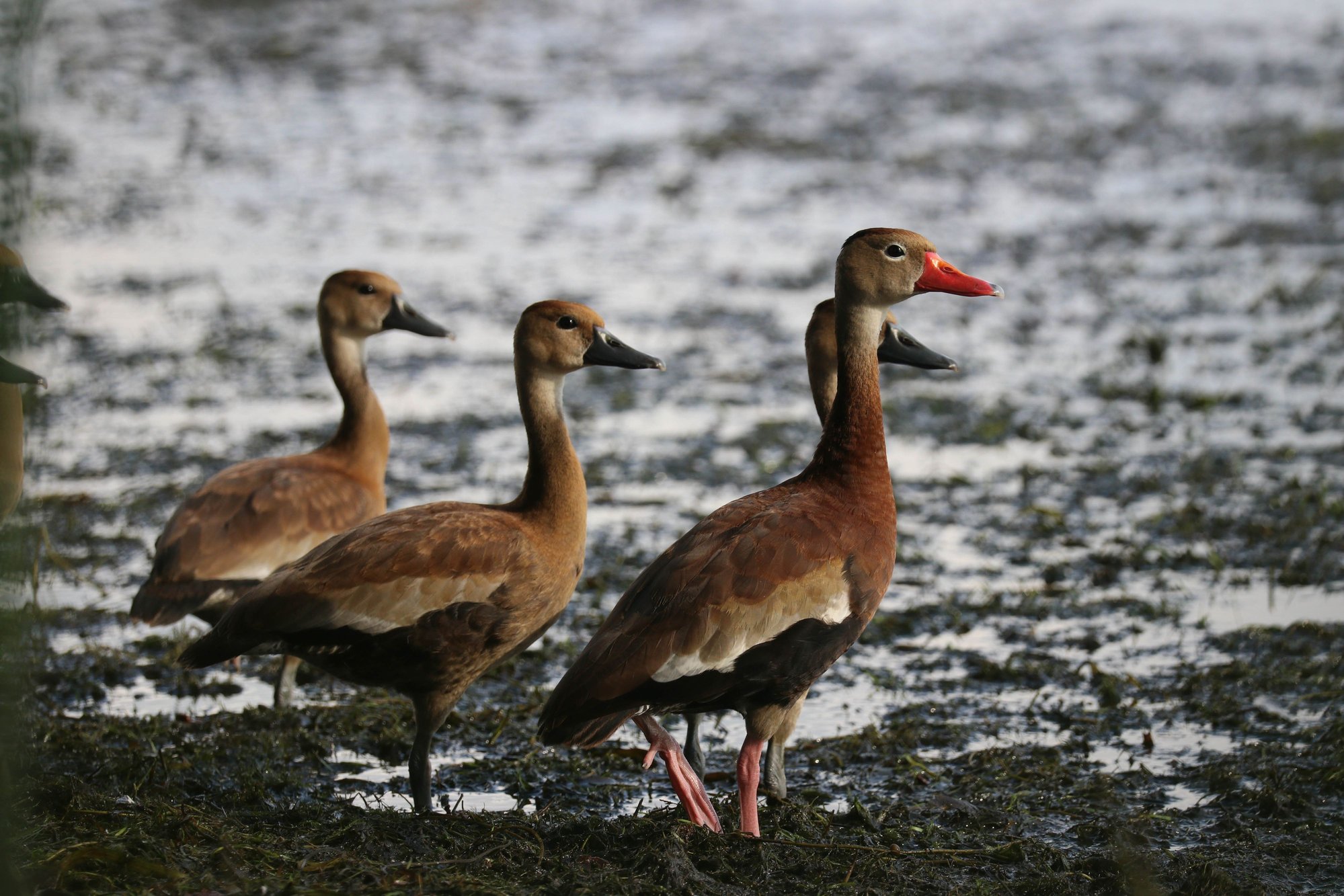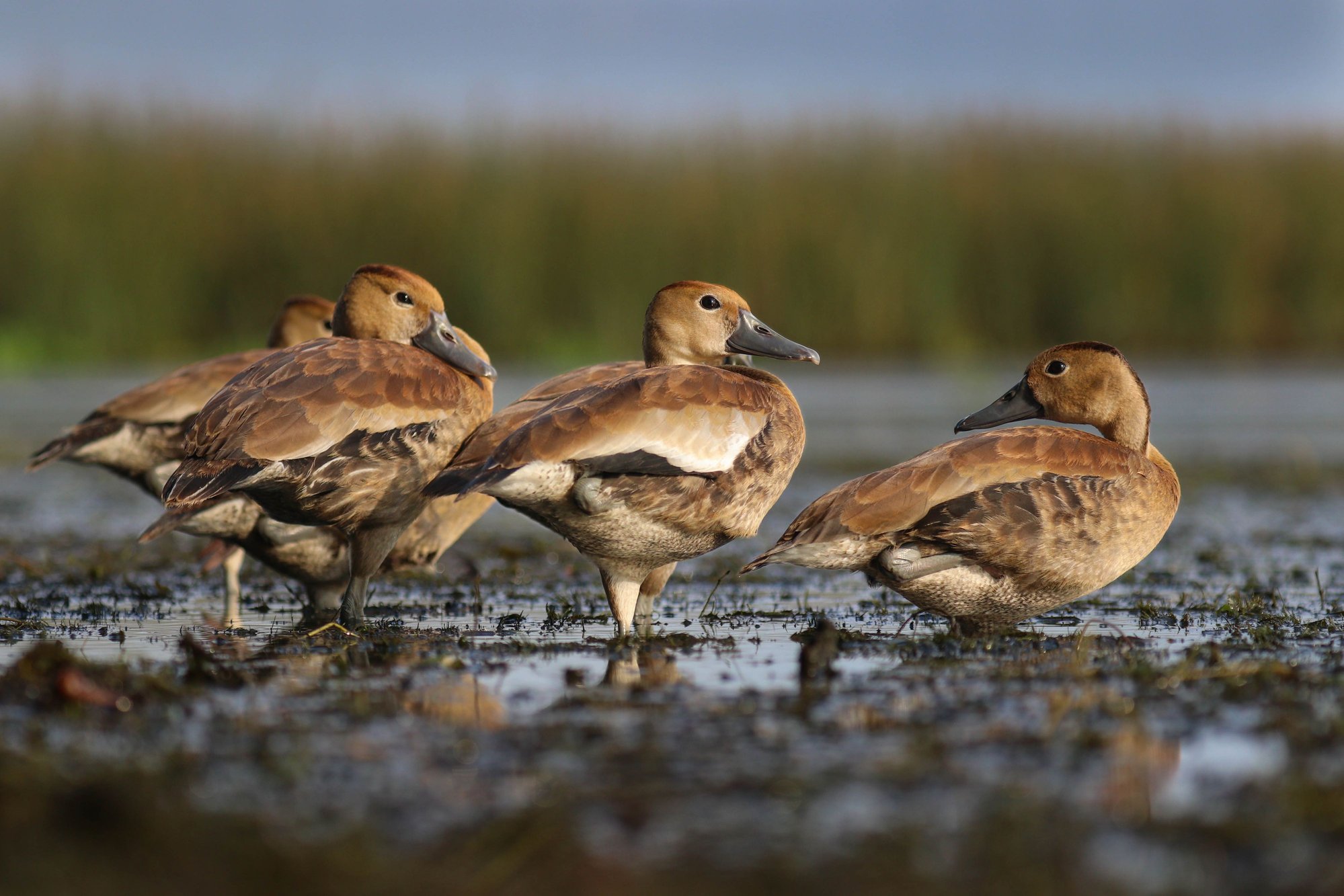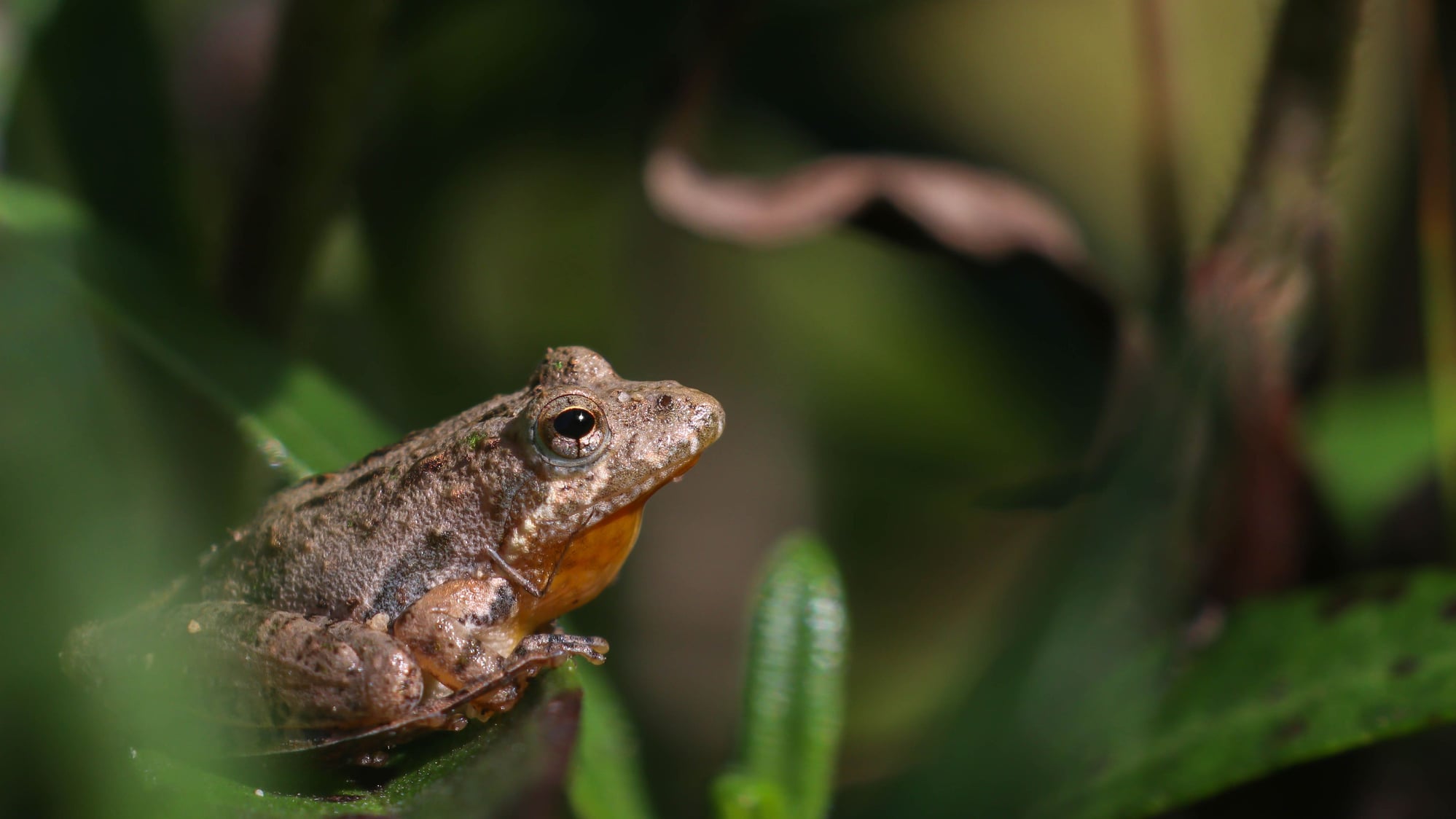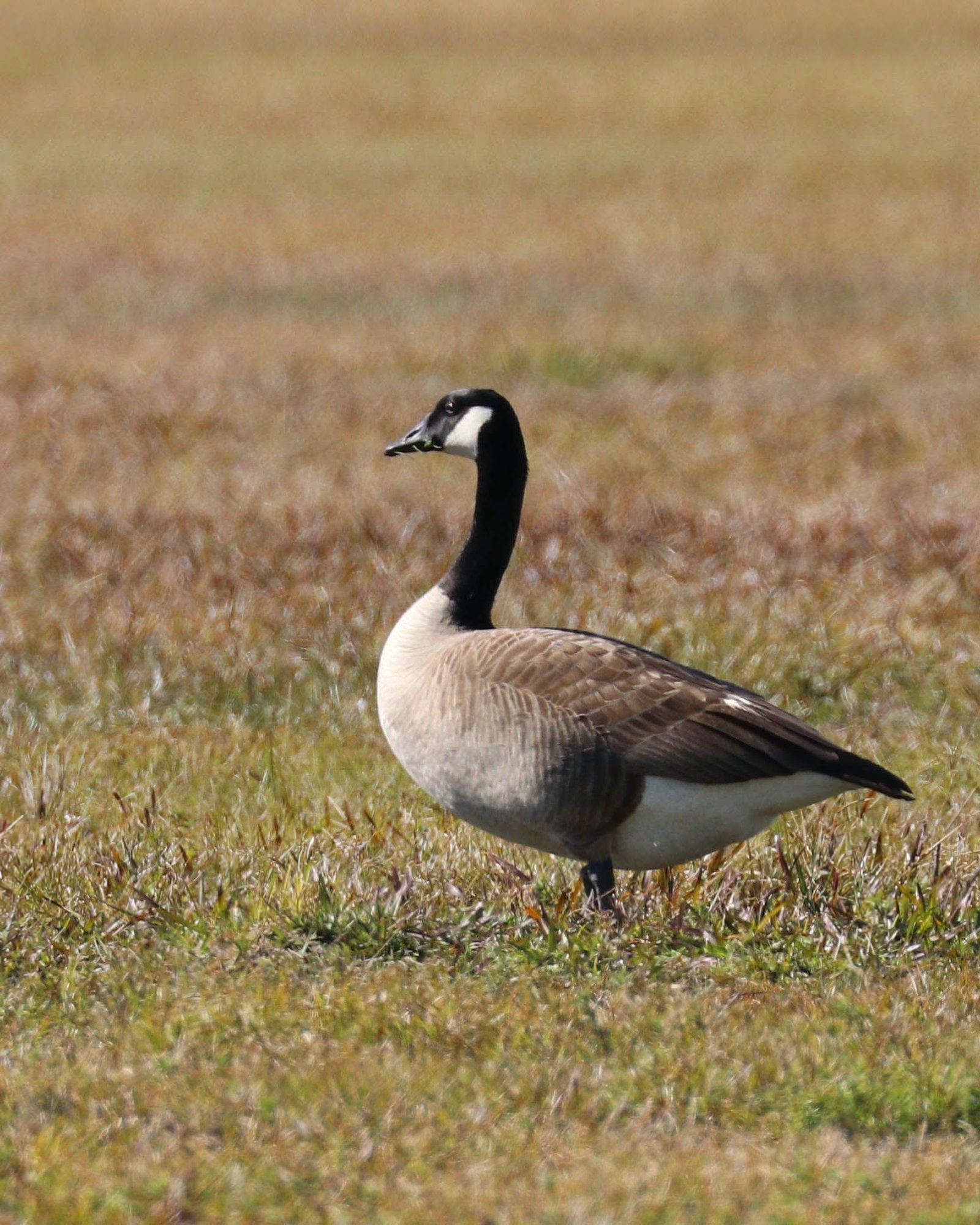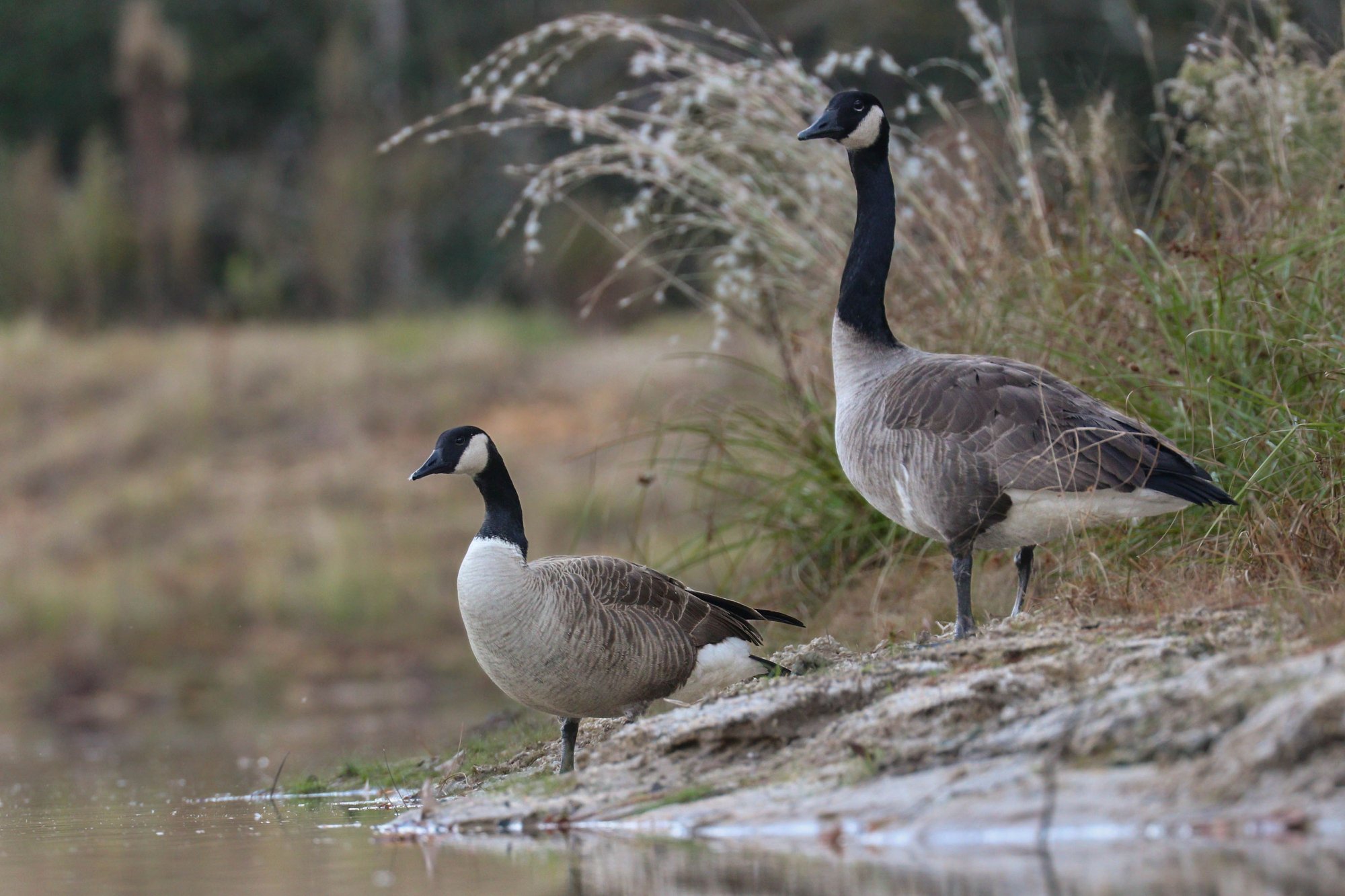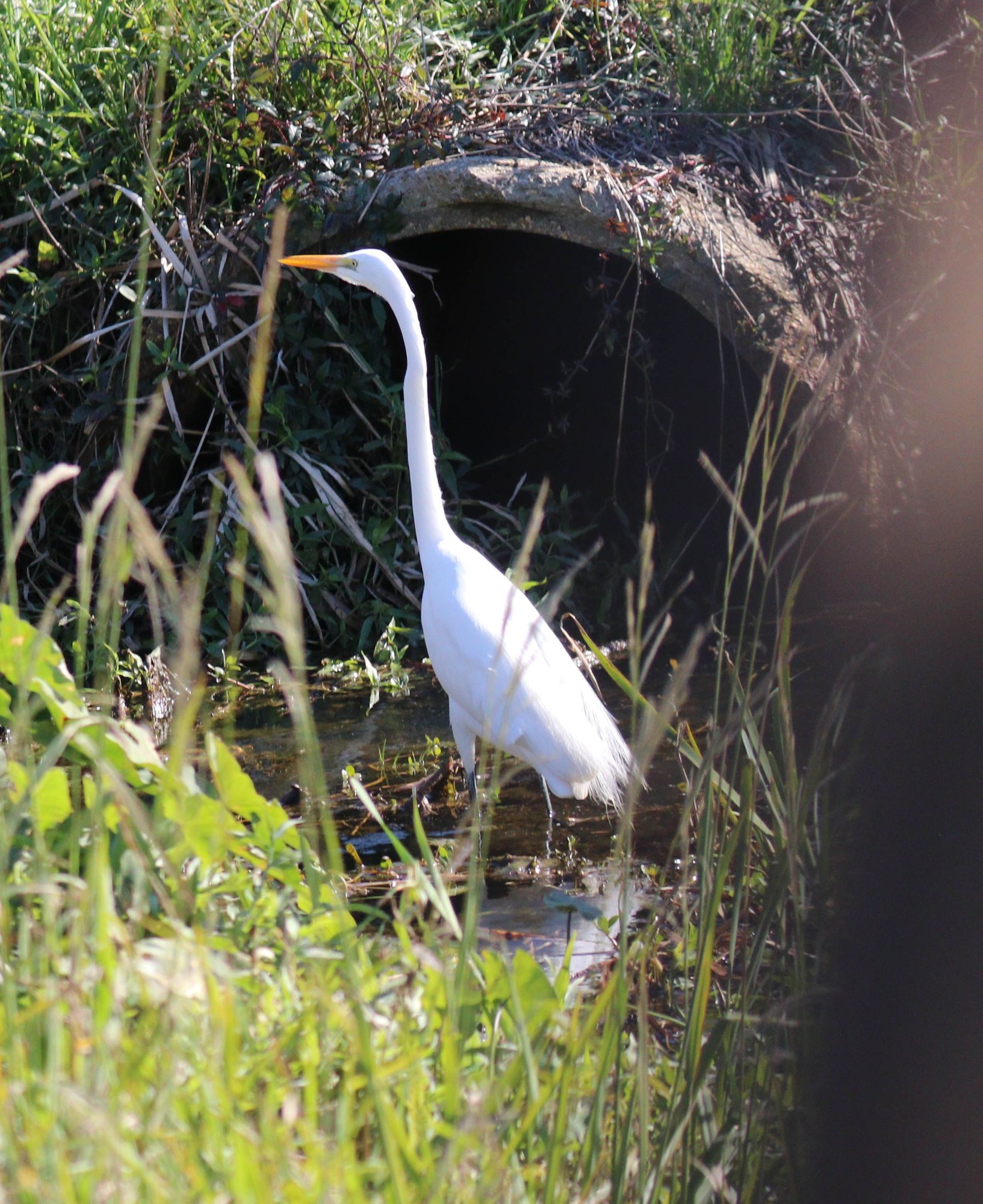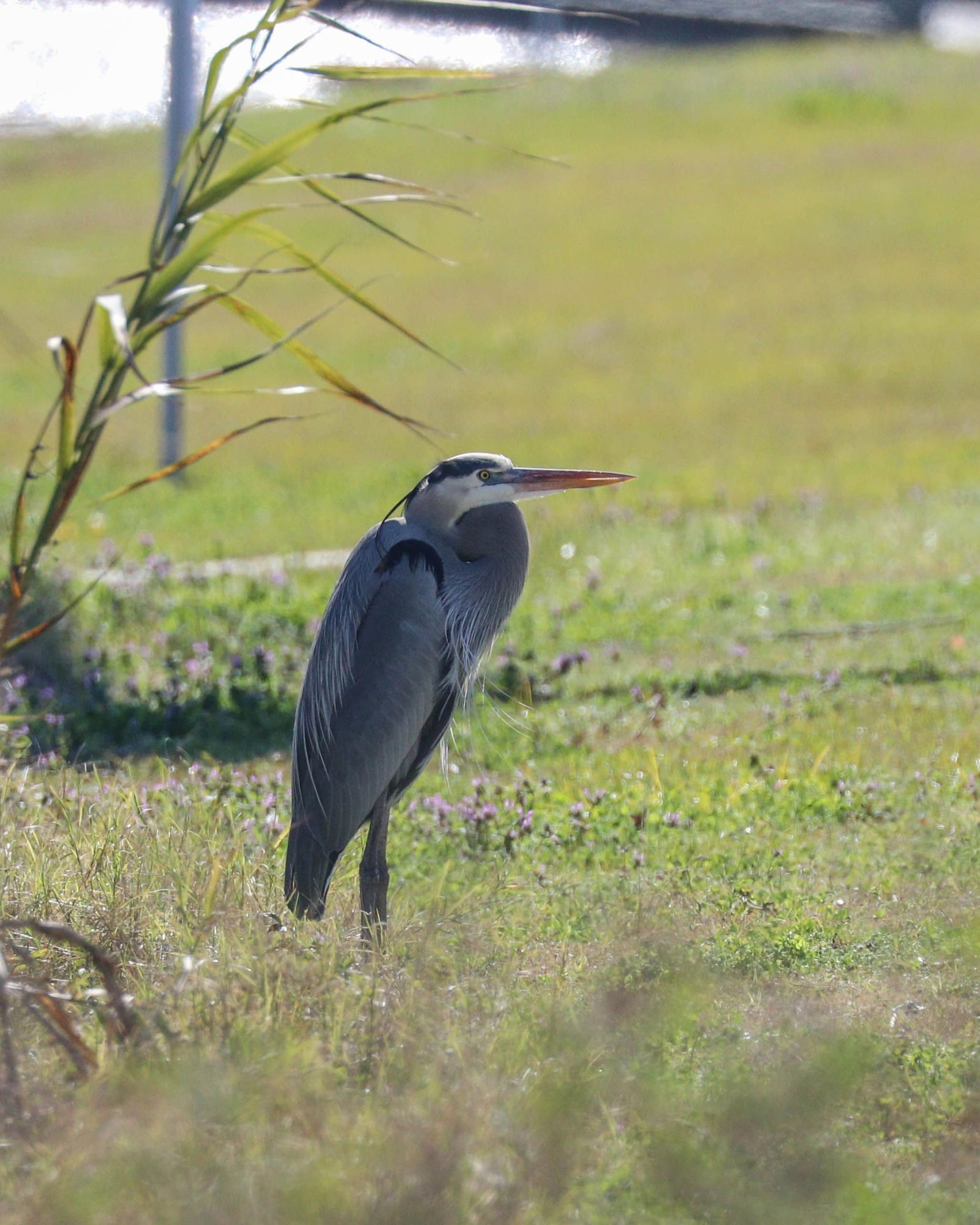Great pics...
Navigation
Install the app
How to install the app on iOS
Follow along with the video below to see how to install our site as a web app on your home screen.
Note: This feature may not be available in some browsers.
More options
You are using an out of date browser. It may not display this or other websites correctly.
You should upgrade or use an alternative browser.
You should upgrade or use an alternative browser.
Anything photography Thread
- Thread starter alwaysthere4chickens
- Start date
Thank you! Before every shot I try to keep in mind everything from this awesome post that you've shared! It has helped me a lot!Great pics...
Alright so I got into photography about 4ish years ago and I started out with some pretty good camera gear but my pictures really were not that great. I had no idea they were at first, lol, but I was looking at what some other people were posting and their pics looked like national geographic quality and I didn't know what I was doing wrong. So I started watching tons of youtube videos and finally got a decent understanding of what makes a great picture great. Here are some of the tips I learned from all of the videos. Disclaimer: I'm not a professional photography and some of the terms I use may not be exactly correct but I have pretty good grasp of the overall "picture"... lol
1) Get as close as possible to the subject.
The closer you get, the more detail you get. It's as simple as that. I couldn't figure out how people were getting such great detail in their pics then I realized that a lot of them were 5, 10 and 20ft from the subject. Of course using a high quality zoom lens helps too.
Here's pics from 200yds away, 20yds away, and 20ft away...…



2) Get eye level with your subject (sometimes means laying flat on the ground).
You do this for 2 main reasons.:
#1 when you are above the animal looking down the animal appears subordinate to you. I know it seems weird but its true. When you get eyelevel it's like you are a part of their environment/habitat and it comes across more natural. I know it's weird but you will be able to see what I mean in the following pics.
#2 You want to get low to the ground so that the background is a long, long ways away from you. The further away the background is, the blurrier it is. This helps to create completely blurred out backgrounds which makes the subject "pop out" in the picture. You'll be able to see what I mean in the following pics.
So these two pics are of the same ducks, in the same place, at the same time, with the same camera/lens, and the difference between them is pretty astonishing. In the first pic I'm taking a knee, looking down at the ducks. This is what a "normal" pic looks like. I've taken thousands of them like this, but they're really nothing special. In the second pic I'm laying flat in the mud, lol. By laying down you have more foreground and background in the pic, this allows the foreground and background to blur out and really makes the subject "pop" instead of having the background in focus, distracting you.


To better explain... in the first pic, the top of the image is around 10ft past the ducks and the bottom of the image is around 6" in front of the ducks. This means the bottom of the image is in focus (distracting) and the top of the image is slightly out of focus (only slightly distracting). In the second pic, the top of the image is now around 40 yards past the ducks and the bottom of the image is around 15ft in front of them. So both the foreground and background are completely blurred out, this makes the ducks really stand out or "pop".
There's another thing I did to improve the second photo. In the first pic, the ducks are looking towards the sun (you can tell by the shadows on the back of their necks). For the second pic, I moved to my right about 15ft and positioned myself between the ducks and the sun, this gets rid of the shadows, and is also going to be one of the next tips...
In the next pic, instead of walking up to the frog and taking a picture looking down at it (or taking a knee and angling down at it), I laid in the grass and got as close to eyelevel as I could. It gives a very different perspective, kind of like you are part of the environment.

Look at this goose pic. I was standing or maybe kneeling in this pic. I can only imagine how good this pic could have been if I would have laid down and got an eyelevel pic instead.... (and got closer to him so I wouldn't have to crop in as much, and positioned myself further to left so the light would come from behind me and not cast a shadow on his back half, and so the goose is facing me instead of angling away, these are the next tips...)

Here's another goose and this time I got as low as I could, not quite eyelevel, but close. Notice the rather blurry background, it's a better perspective.
View attachment 2168935
And here's some geese with that low perspective and blurry backgrounds. My camera is about 6" off the water in this pic. These geese were a long ways away which is why the background is not completely blurred out.

3) Position yourself so the sun is at your back, fully lighting up the subject
Here's a couple old ones, lol. Both these pics are where the sun is high in the sky and bright (called harsh light). See how the bright sun is hitting the birds back, creating a shadow down the side. This is not ideal...

The sun is slightly behind the bird in this pic. It's very hard to expose this picture properly because if you brighten the bird up the background gets super bright....

4) Take pictures during "golden hour". This is right after sunrise and right before sunset. It's a very soft light. If you take pictures at 12 noon with a bright sun (no clouds) you have a bunch of shadows which are very hard to work with.
So the previous pics were in bright harsh light, this is what golden hour looks like..... soft, warm light with a nice golden glow. Remember you want to position yourself so the sun it as your back.
View attachment 2168459
View attachment 2168460
View attachment 2168309
5) Make sure the animal is facing you or at minimum perpendicular to you. You don't want to take a pic of an animal that has his back to you or is angling/looking away from you.
Here's one of the first dragonfly pics I ever took. I though it was the coolest pic ever. But he's facing away from me. Here's what it's supposed to look like....
View attachment 2168469
View attachment 2168466
View attachment 2168464
6) PROPERLY COMPOSING YOUR PICTURE. This is probably the most beneficial tip that anyone can use and there are a couple parts to it.
What I used to do and most people do is center compose the picture. This means you point your camera at the subject, you put it right in the center of the screen and you take the picture. You end up with a picture like this...
View attachment 2168320
That is not ideal. You want to use the rule of thirds when framing the picture. You don't want the animal in the dead center of the picture, generally speaking. Basically you draw two evenly spaced vertical lines and two evenly spaced horizontal lines on the picture, then you want to place the subject as close as you can to where the lines intersect. So look at this pic with the lines drawn on it....
View attachment 2168335
So there's 4 intersecting points where you want to try and place the subject, which one do you use?
Well you always want more open space in front of the animal, not behind it. So if he's looking to the right you place him on the left side of the picture. If he's looking up you place him on the bottom of the picture, etc. So you pick the intersecting point that works best...
Check this next pic out, it is not framed correctly. He's looking to the right so there should be more space in front of him in the pic, not behind him.
View attachment 2168382
View attachment 2168473
This pic is framed properly. He's not in the center of the pic, he's looking right so I placed him on the left side of the picture and his eye is very close to the upper left intersection.
View attachment 2168385
View attachment 2168475
This next one is also framed correctly. He is looking down and to the left so I placed him in the upper right intersection.
View attachment 2168379
View attachment 2168343
Here's another one that's framed correctly. The head is in the lower left intersection and I'm also eye level with him...… The only thing I wish I had done differently with this one is zoom out just a hair so I didn't cut off the edges of his body.
View attachment 2168391
View attachment 2168479
Here's one more done properly. He's looking left so I placed him in the upper right intersection. Since he is looking up I probably could've put him in the bottom right intersection also. Remember the "rule" of thirds is not necessarily a rule, it's just a good guideline to go by but it does not always apply.
View attachment 2168405
View attachment 2168399
So here's the question of the day. How do you get him positioned on one of the intersections? There's two different ways. The easiest way is to take a pic of him in the center of the picture then crop the picture after you take it and move him where you want him. This is what I do most often but the problem is when you crop in you lose detail so you need a lot of megapixels to be able to crop in a lot.
The proper way to do it is use a single autofocus point on the camera and move it to one of the intersections before you take the picture. This is more difficult especially with animals that can change position. It's actually more simple on a phone. You just frame the picture where the animal is on one of the intersections then you touch the eye of the animal and the phone camera will focus where you touch and take the pic.
So ideally you want the animal to be as close to where you want him framed as possible but it's okay to crop in a little bit to move him around. The more megapixels you have, the more you can crop.
Here's one more pic that is framed pretty good. His head is in the upper right third, he's looking left and has more space in front of him than behind him. But I could have made this pic even better if I had moved to where that big tree limb wasn't intersecting his beak. It is distracting, which is the next tip...…
View attachment 2168482
7) Pay attention to your background and move yourself to make it better
These two pics were taken of ospreys sitting on the exact same pole. (If you notice, one was taken during golden hour and one was not, pretty easy till which is which.)
The difference between the two pics (besides golden hour) is the background. In the first pic the background is very bland. There's nothing in it, just a featureless sky. In the second pic I was 30ft to the left to put some trees in the background. I think the blurred out leaves make for a better photo. BUT.... sometimes the background can be too distracting and take away from the animal. So it's different with every shot.
View attachment 2168485
View attachment 2168484
If the background isn't adding to the photo, its actually taking away from the photo. Now when I see an animal I want to take a pic of I look at what's behind it and I position myself where I like what is behind him. Usually you want a nice even background that is pretty far away from the subject. If it's real close to the subject it will not be blurry and can distract from the subject.
8) Focus on the eye. Our eyes are always drawn to the animals eyes and their eye should always be in focus. Look at the previous Osprey pic. It may be hard to tell but if you zoom in and look the camera actually focused on his body and his eye is a little out of focus. You need to use a single autofocus point and place it directly on their eye. Or if using a phone click directly on his eye to take the pic.
In this next whistling duck pic the camera focused on the body and I didn't realize it because this was a fast action shot, but if you zoom in you'll notice his eye is also slightly out of focus because his head slightly further away than the body.
View attachment 2168494
In this next pic, I paid special attention to getting the focus on his eye since the camera would typically try and focus on his body because its bigger. I used a singe autofocus point and placed it right on his head. (If you notice I'm also eyelevel with him laying flat on the ground, which gives the nice blurred background, I'm also close to him, probably 30ft and the sun is behind me a little off to the right, and this is golden hour right before sunset, and he's composed near the upper right intersection, not center composed) See how I used several of the tips to take this one picture.
View attachment 2168495
One more thing to mention about the eyes is the catch light.
This is the reflection of the sun in the eye of the animal. This is something you want to try and capture if possible. It adds a little bit of life to the animal. If you scroll back and look at pretty much all of the pics I have posted you will see a shimmer of the sun in each of their eyes. Sometimes you have to wait for the sun to come out from behind a cloud or you may need to move yourself a couple feet side to side to make it work, But you really want to get that catch light in their eye if you can.
Well that's all I got right now. If I think of anything else I will post it. If ya'll have any questions or want me to elaborate on something I posted just let me know. I didn't really get into DSLR specific info but if you have any questions about that I'd be happy to answer them..... thanks for checking it out.
That's awesome. I can tell. Right when I saw them I was like, yep, you checked all the boxes. Composition's good, rule of thirds, good light, low perspective which gives you blurry background and foreground, subject in focus (eye in focus), catchlight in the eye..... I mean you nailed it! With both photo's, but especially the lizard. Excellent job, keep it up!Thank you! Before every shot I try to keep in mind everything from this awesome post that you've shared! It has helped me a lot!
Beautiful!View attachment 2401174View attachment 2401175View attachment 2401173
These are a few I’ve done recently.
I love Breyers!!Well, are Breyer horses accepted?
Here's Iduna and Agnarr, knabstrupper mare/foal.
View attachment 2444913
Here's my beloved falcon Thunder!
View attachment 2444915
So glad to see a photography thread! I was about to start one. Here is the eye of my best friend’s horse, Foxy.
A rooster I used to have named Clucky. He was an Australorp cross.
Honestly can’t remember what this was but…we had to take a photo of shapes in school.
chickentrains
love is love
Very manipulated photo of a sunset where I used to live.
New posts New threads Active threads
-
Latest posts
-
-
-
-
Chick acting lethargic, limping and not eating.
- Latest: OmeletteYouFinish
-
-
Latest threads
-
Chick acting lethargic, limping and not eating.
- Started by OmeletteYouFinish
- Replies: 0
-
Adult hens getting into medicated chick crumbles?
- Started by Sefirothe
- Replies: 1
-
Recovery from Coyote attack
- Started by Oliver_Douglas
- Replies: 0
-
Penelope Drama: A bald leg, half bald butt, and a lack of neck feathers in Winter snow.
- Started by Athenaeum
- Replies: 0
-
Diving back in- but chickens won’t live with me, thoughts?
- Started by cluckingham_palace
- Replies: 5
-
-
Threads with more replies in the last 15 days
-
-
-
-
Chicken Butt Emergency ‼️ Please Help!
- Started by urlocalcrazychickenlady
- Replies: 71
-
-
×

